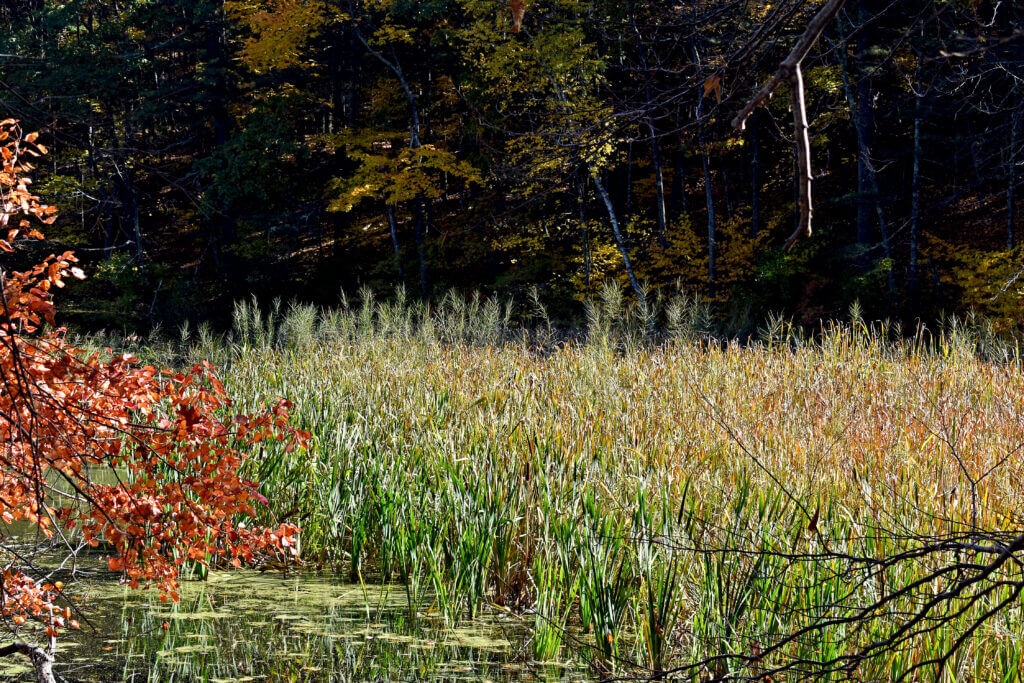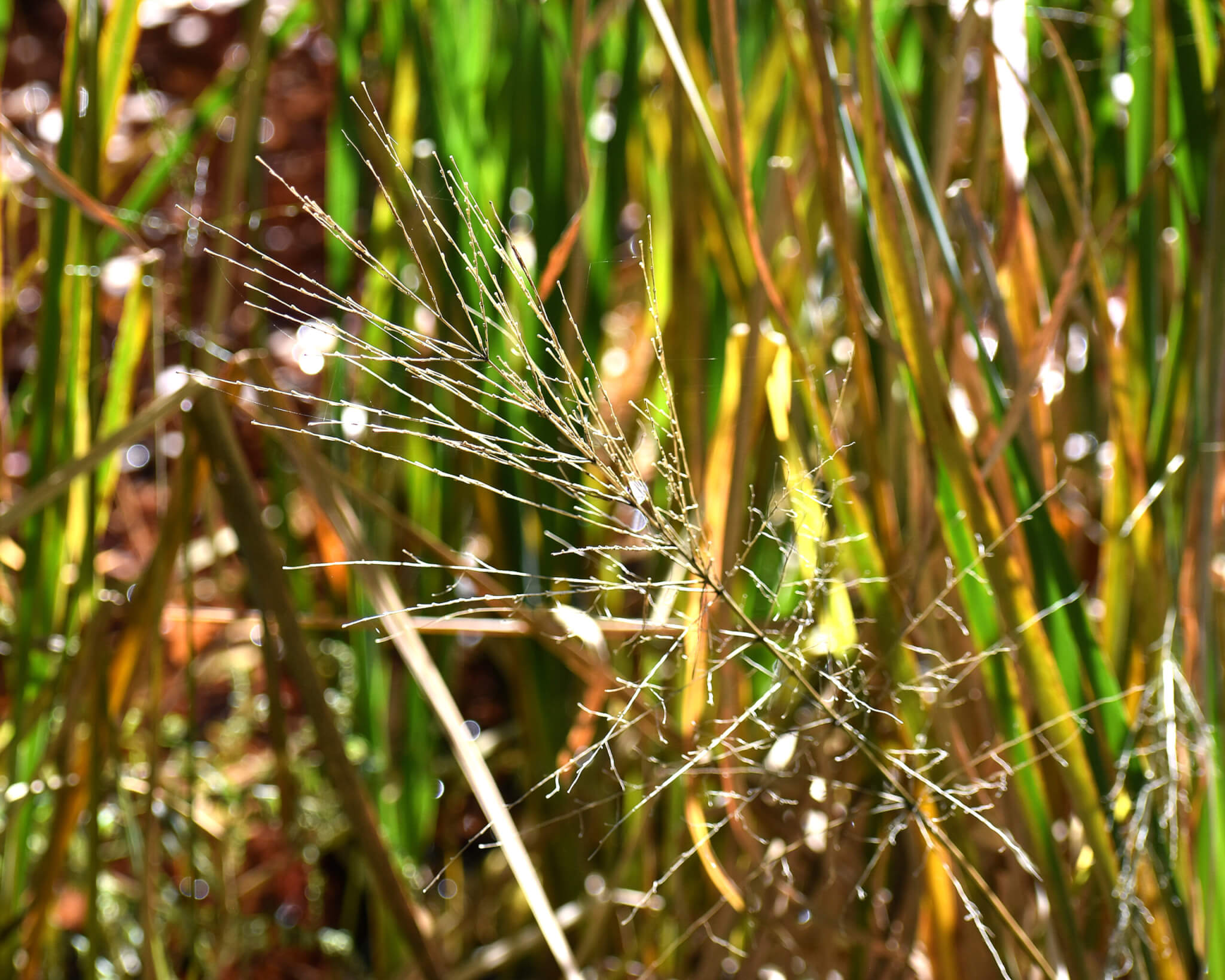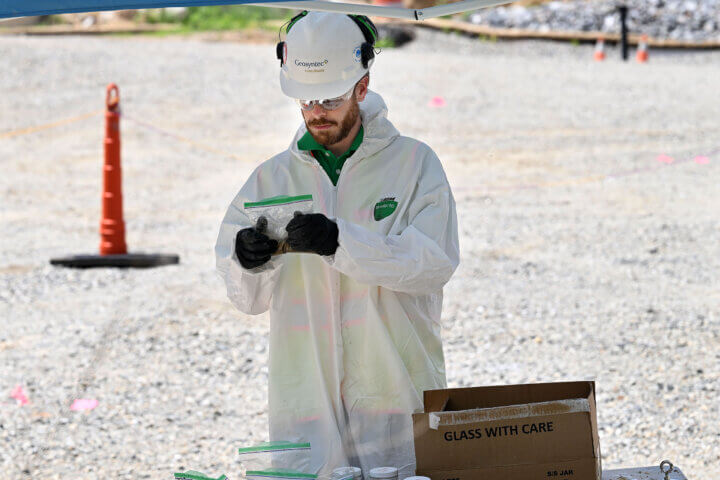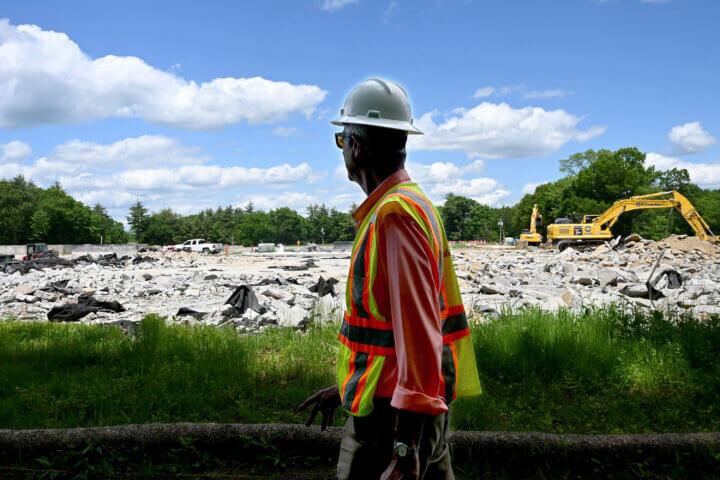Some 30 years ago, a couple set off to learn the waterways in Concord. Their transportation was familiar enough. His grandparents honeymooned in the 1903 wood and canvas canoe.
But a familiar sight took the couple by surprise. Richard and Barbara Forman, who honeymooned in the 1,000 Lakes region in the Midwest, spotted patches of wild rice. The tasty grain is harvested and processed for sale there.
“That surprised me. I was delighted to see an old friend,” he said. Wild rice, a grass, is common in Minnesota, California and China but is sparse in this region.

As the years passed, “every now and then I would paddle down that way. It grew slightly,” he said.
The landscape ecologist was in for another surprise this year. He revisited dozens of patches. Each was larger than ever. “All of a sudden, here it is, widespread,” Forman said.
The Harvard University professor emeritus thinks the unusual drought this summer was a crucial factor in the exponential growth. The seeds, which drop into the mud flats and grow in shallow water, had more oxygen for germination and the roots thrived with the change.
The plant is very valuable for wildlife, said Delia Kaye, natural resources director. The high protein grain is good food for waterfowl and muskrats.
“Ducks particularly like the seeds,” she said.
The plants also provide a safe nursery space for young fish. “It’s good cover and slow-moving water,” Kaye said.
Forman is happy to share his discoveries and love of the landscape. The patches on the Concord River are visible from the water. He also spotted the ephemeral grass rising from the aptly named Fairyland Pond.
His description made the lacy plants easy to see from the land where Henry David Thoreau is said to have read to the Alcott sisters in the 1800s. The tall grass waves above its shorter neighbors.
“At the top of each plant, the rice grains are lined up on the outward diagonals, which become horizontal when the grains are ready to harvest,” Forman wrote in a follow-up email. Harvest is at the end of October here in New England.
Ecology is constantly evolving. The wild rice in Fairyland Pond is in a delta with cattails, probably formed after 1920 by human activity, Forman said.
“Cows grazing hillside pastures and perhaps some crop cultivation, caused erosion and resulting sedimentation at the upper end of the pond.” In other words, the perfect spot for this native plant.
Forman’s expertise is available to all. In cooperation with the town’s Natural Resource Division. He and historian David White co-authored “Ecology Along Concord Trails: Exploring Fourteen Areas.”
The guide to protected land in Concord explores 14 different areas. “We get a lot of good feedback, Kaye said. People are excited so much information on both history and ecology can be found in one place.
The written tours provide food for thought. Some provide answers and others present thoughts to ponder, Kaye said.
The publication is available for $15 at the Visitor Center at 58 Main Street.






